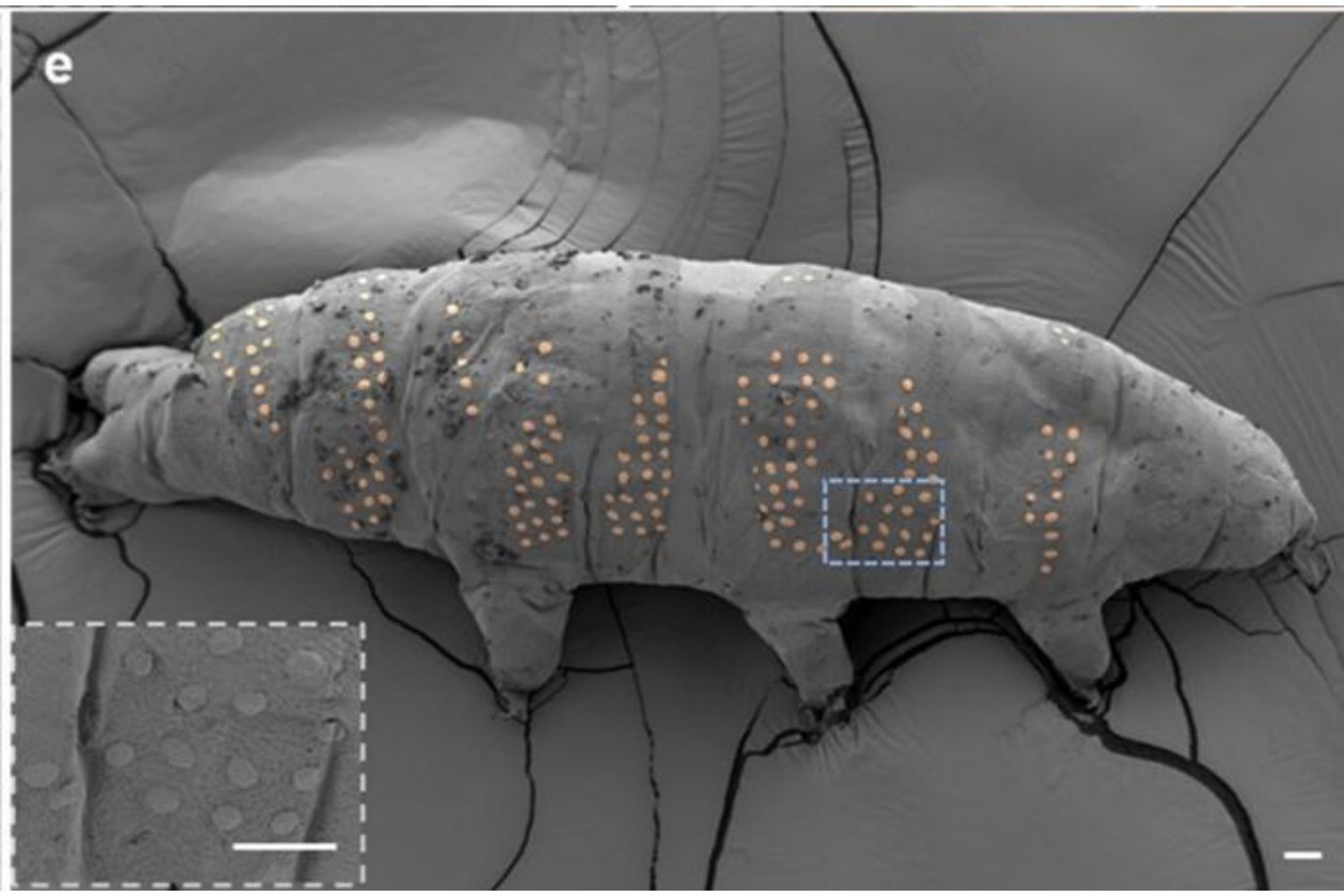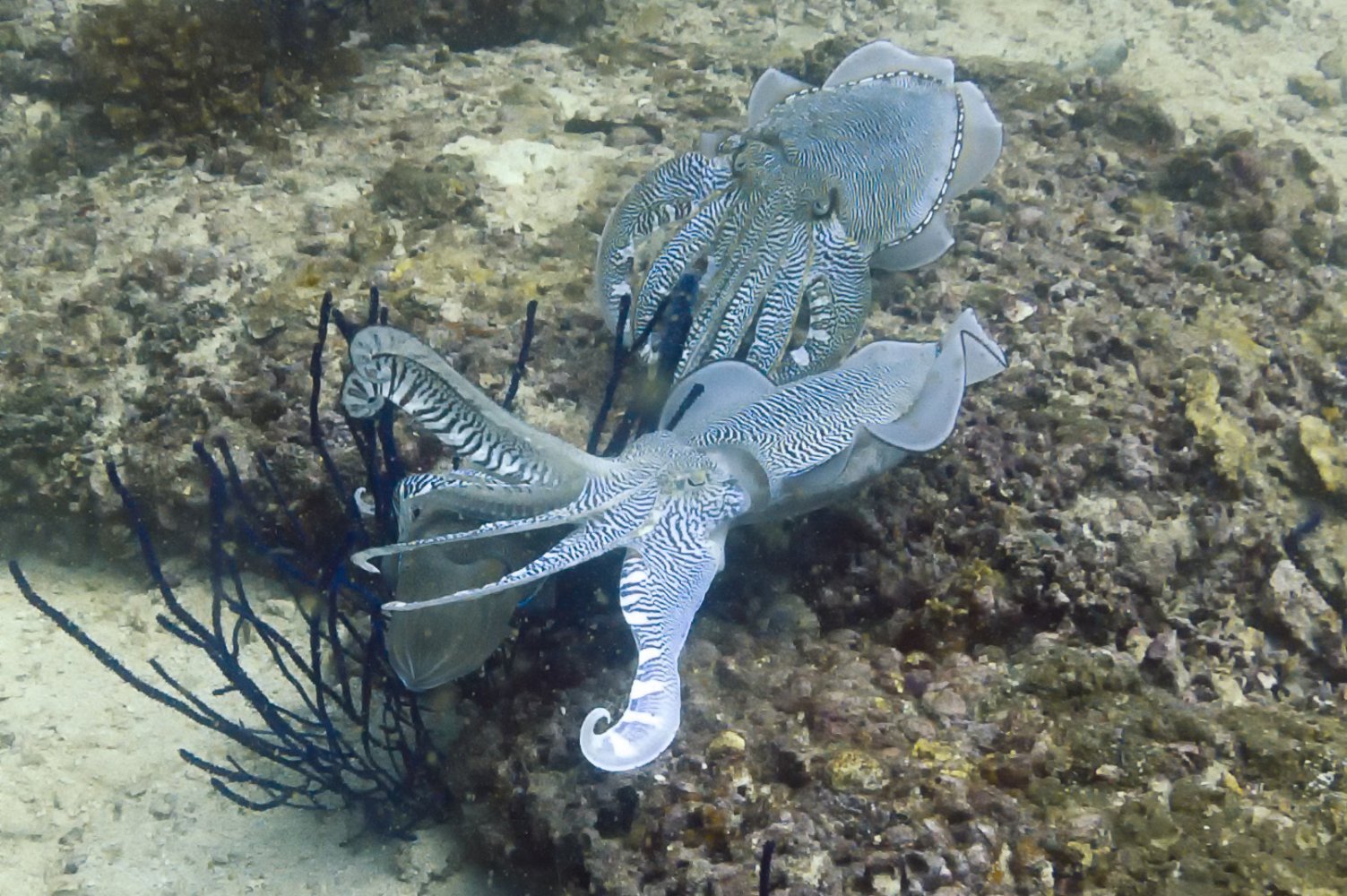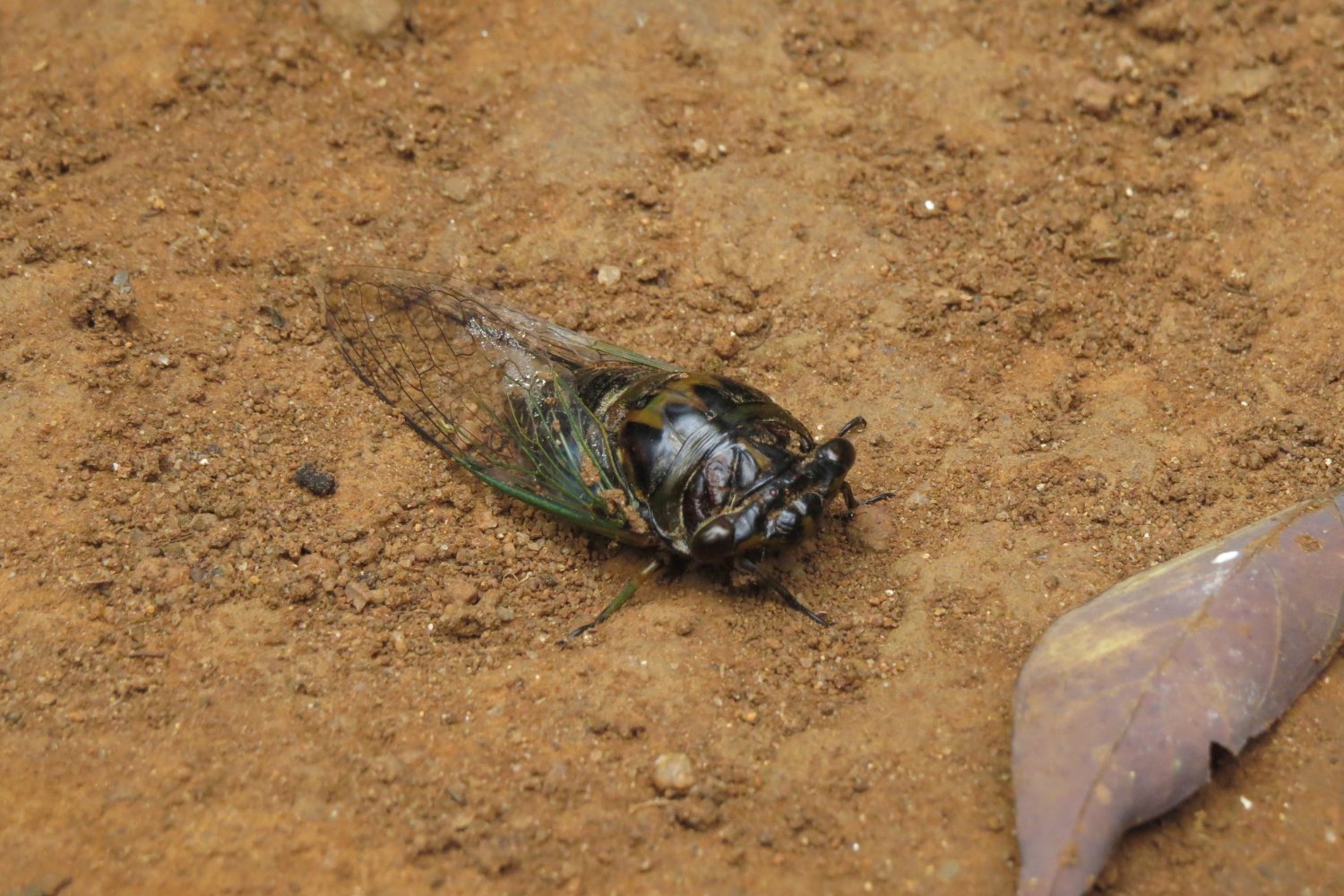Microfabrication, the construction of microscopic structures, holds immense potential for fields like medicine, biomedical engineering, electronics, and photonics. However, creating biocompatible devices at this scale remains a significant challenge. Researchers in China are exploring a novel approach to address this hurdle: tattooing tardigrades. This seemingly bizarre method, detailed in a study published in Nano Letters, could pave the way for advancements in living microrobotics and microbial cyborgs.
The Indestructible Canvas: Tardigrades
Tardigrades, often called water bears, are microscopic, eight-legged animals known for their exceptional resilience. These creatures can withstand extreme conditions, including starvation, freezing temperatures, radiation, high pressure, and even the vacuum of space. This remarkable durability makes them ideal subjects for exploring the boundaries of biocompatible microfabrication.
The Tattooing Process: Ice Lithography
The researchers employed a technique called ice lithography to create micropatterns on tardigrades. First, they dehydrated the tardigrades to induce cryptobiosis, a state of suspended animation. The tardigrades were then placed on a surface cooled to -226°F (-143°C) and coated with anisole, an organic compound.
A focused electron beam was used to draw patterns, including squares, lines, dots, and even a university logo, onto the anisole layer. The beam caused a chemical reaction in the exposed anisole, creating a new compound that adhered to the tardigrade. After warming the tardigrades under vacuum, the unreacted anisole sublimated, leaving behind the tattooed pattern. Finally, the tardigrades were rehydrated.
Survival and Implications
While approximately 40% of the tardigrades survived the process, the tattoos themselves did not appear to negatively impact their revived state. Researchers believe the survival rate can be improved with further refinement. This technique demonstrates the potential for printing microelectronics or sensors onto living tissue, opening doors for advancements in various fields.
Future Applications: Beyond Tattoos
This research extends beyond simply tattooing tardigrades. It offers valuable insights into their resilience and has potential applications in cryopreservation, biomedicine, and astrobiology. The integration of micro/nanofabrication with living organisms could revolutionize biosensing, biomimetics, and the development of living microrobots.
Microrobotics and Microbial Cyborgs
Microrobots are tiny robots designed to perform tasks within the body, such as delivering medicine, monitoring diseases, and providing targeted treatment. Microbial cyborgs, a type of living microrobot, combine synthetic technology with living cells to enhance functionality. The tardigrade tattooing technique offers a potential pathway for creating these sophisticated bio-hybrid devices.
Conclusion
The ability to pattern living matter presents significant challenges. This innovative approach using ice lithography to tattoo tardigrades marks a crucial step towards overcoming these challenges and realizing the potential of bio-integrated microdevices. While further research is needed, this breakthrough could lead to a new generation of biomaterial devices and biophysical sensors with applications previously confined to science fiction.











